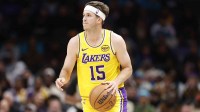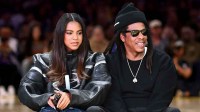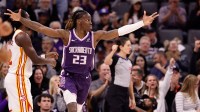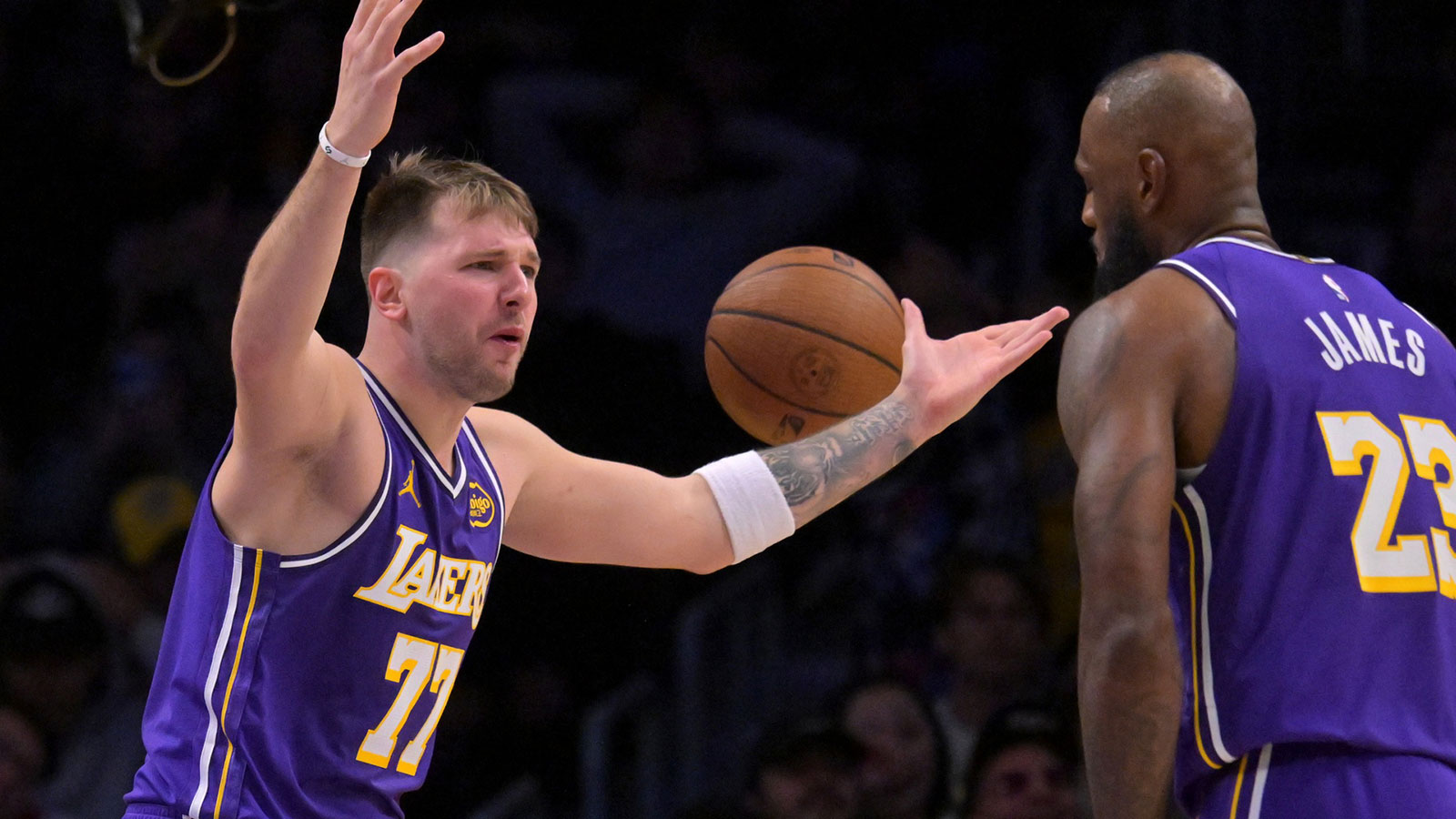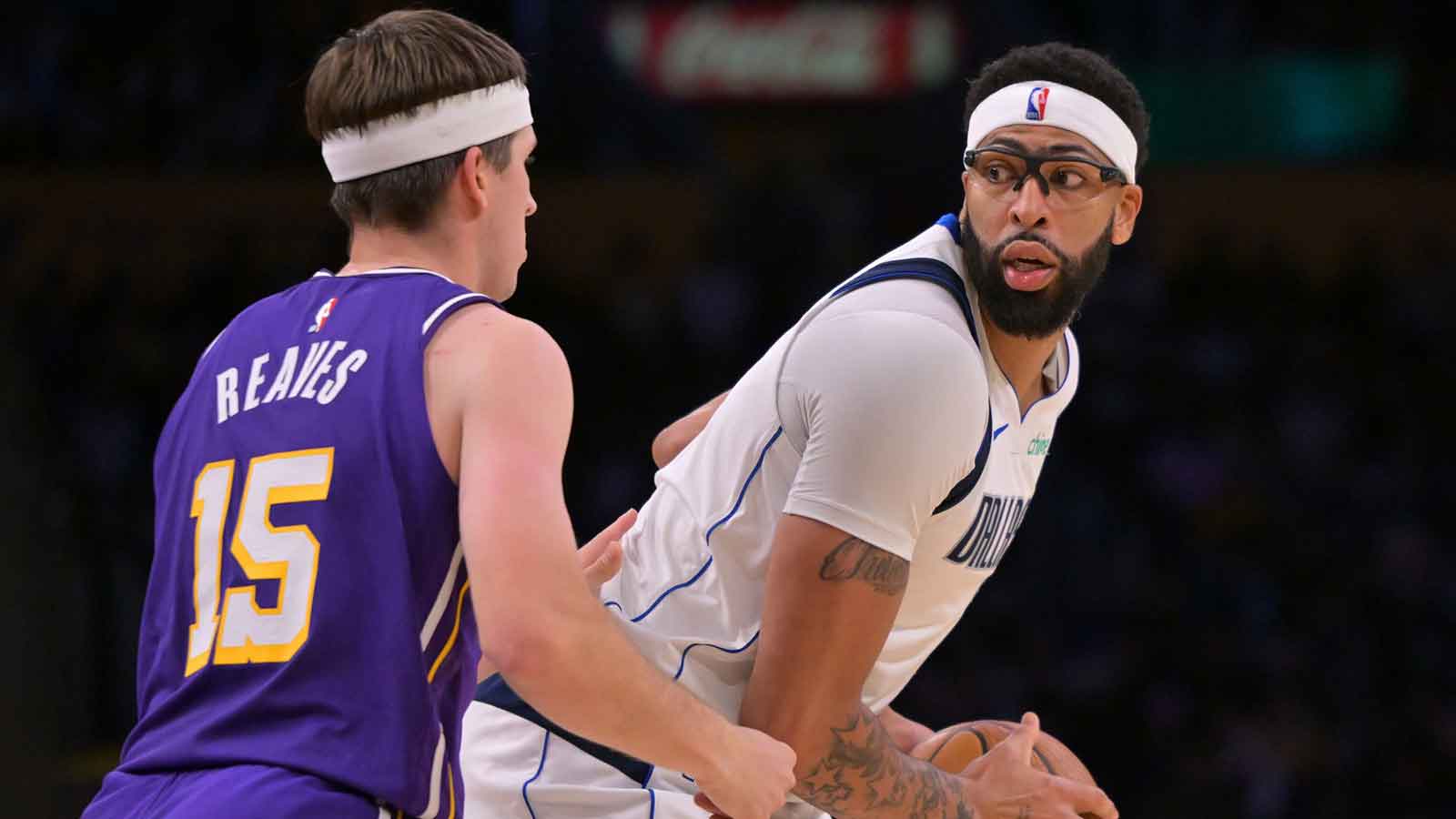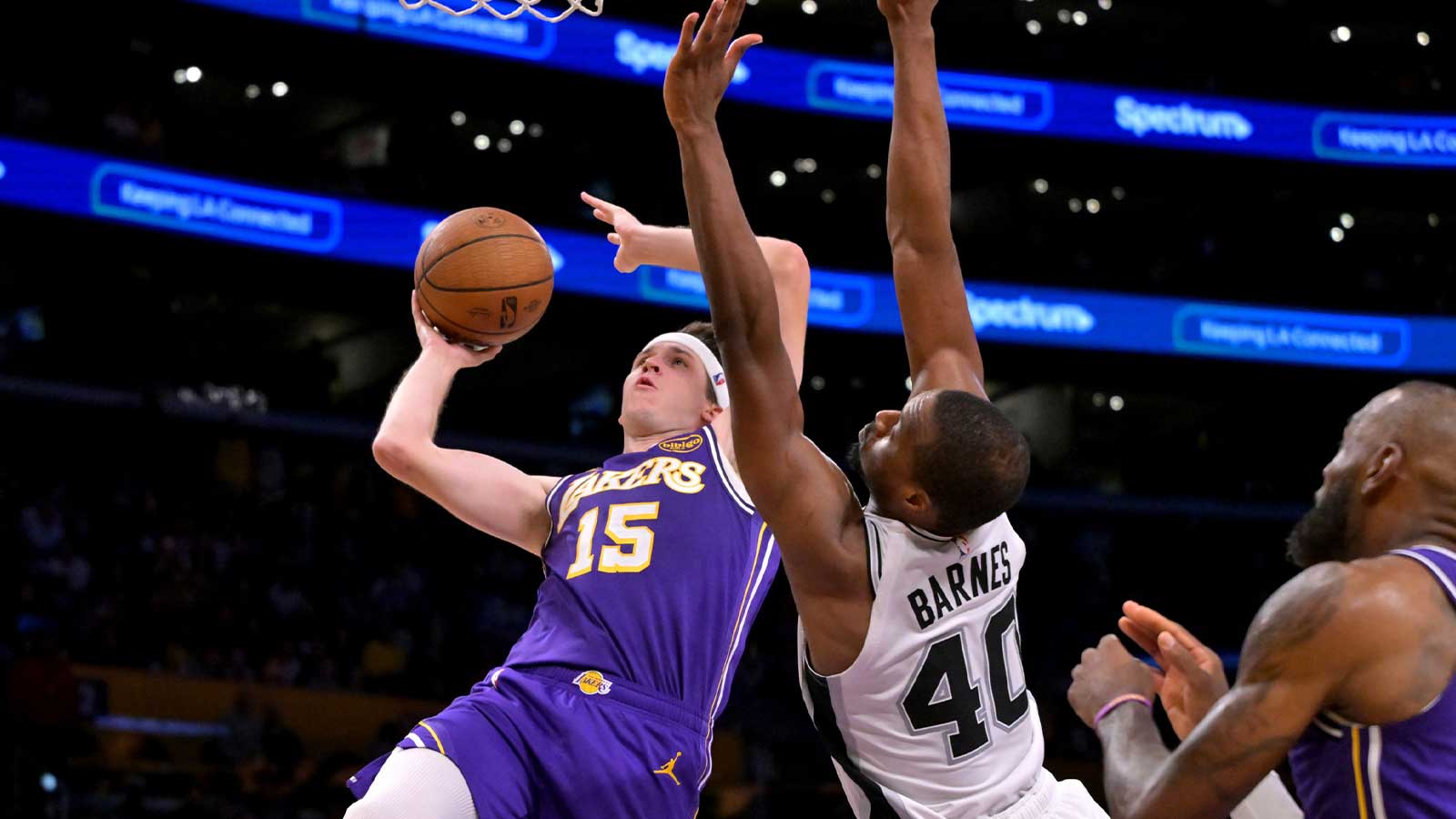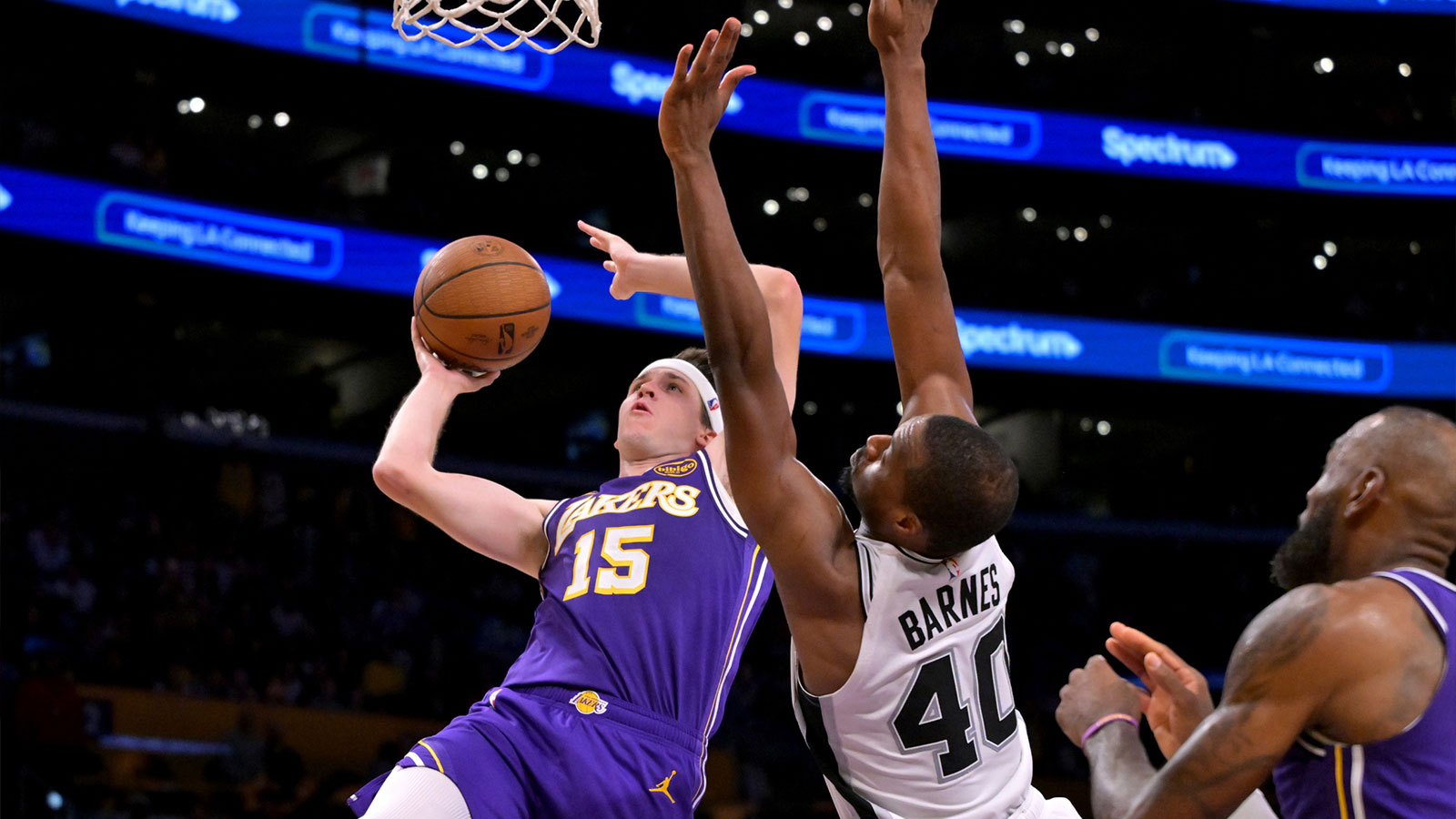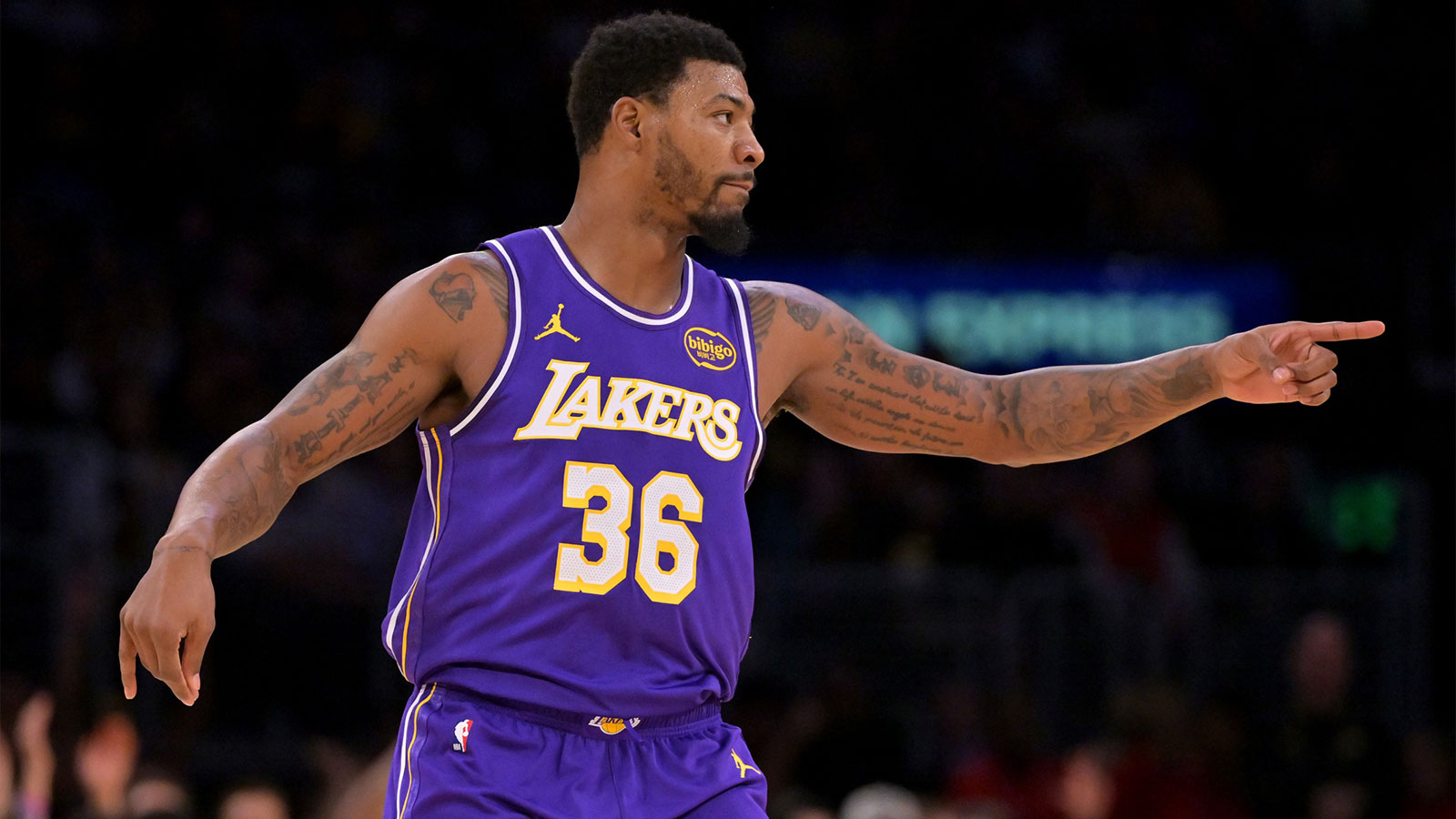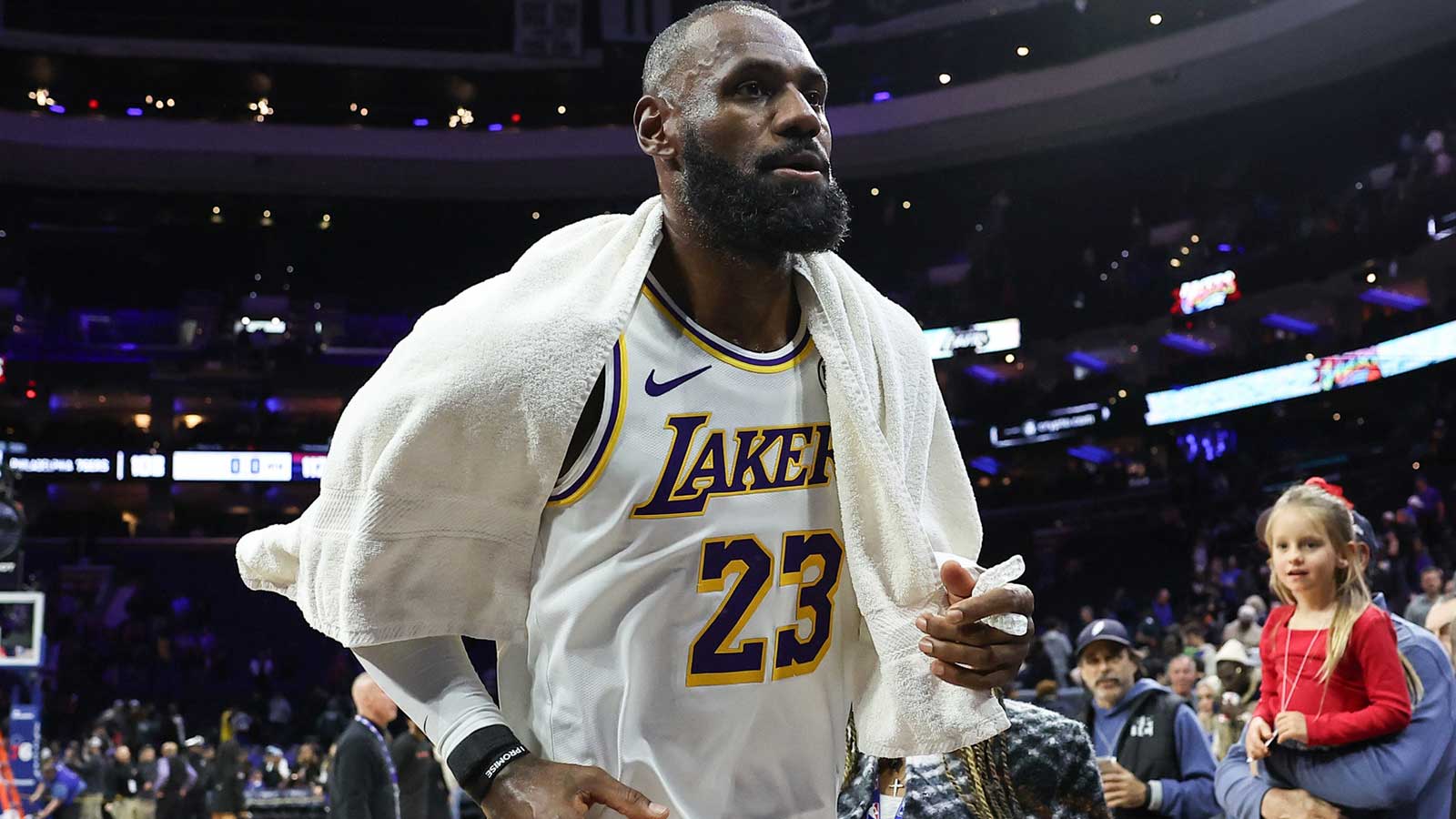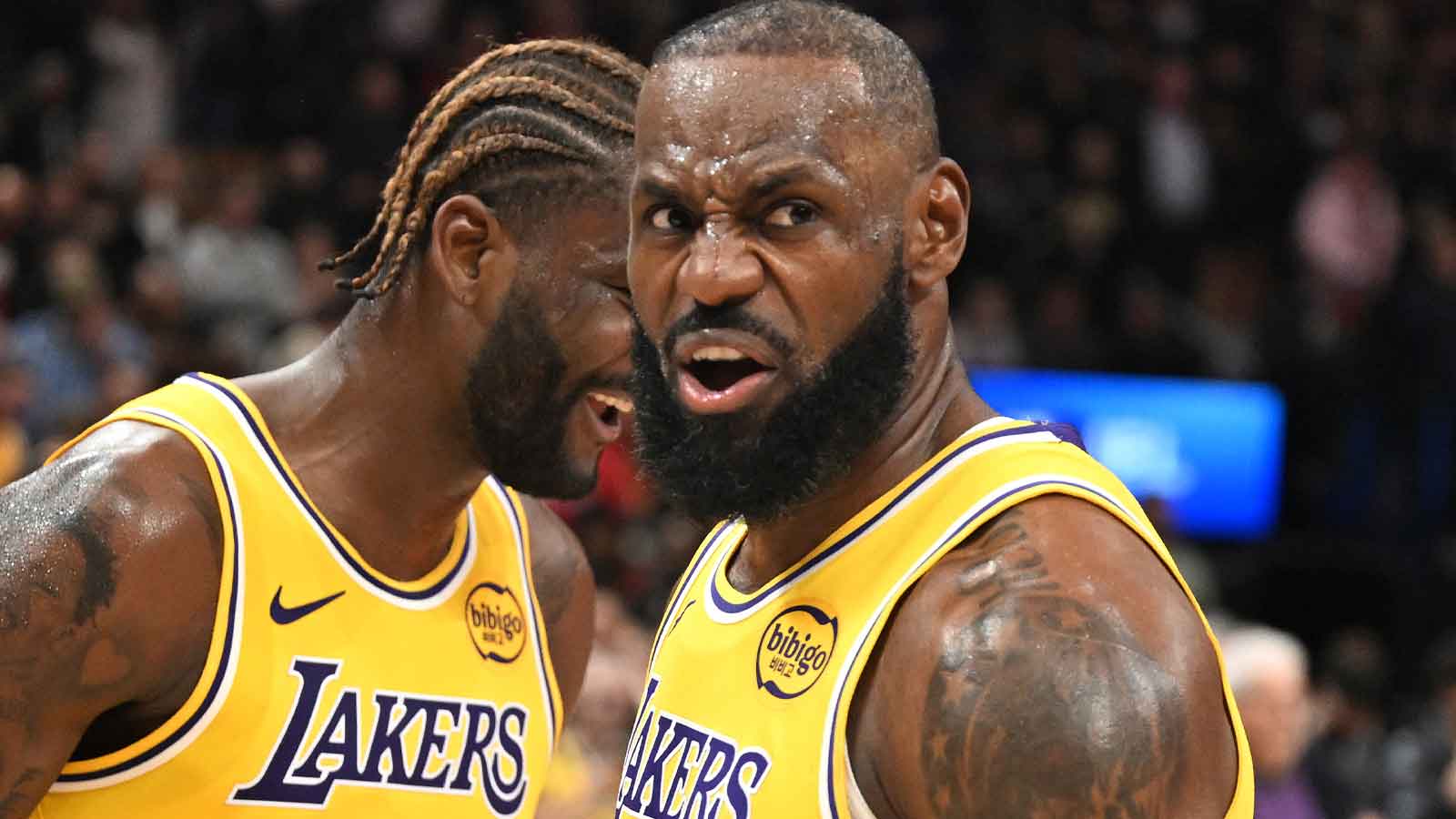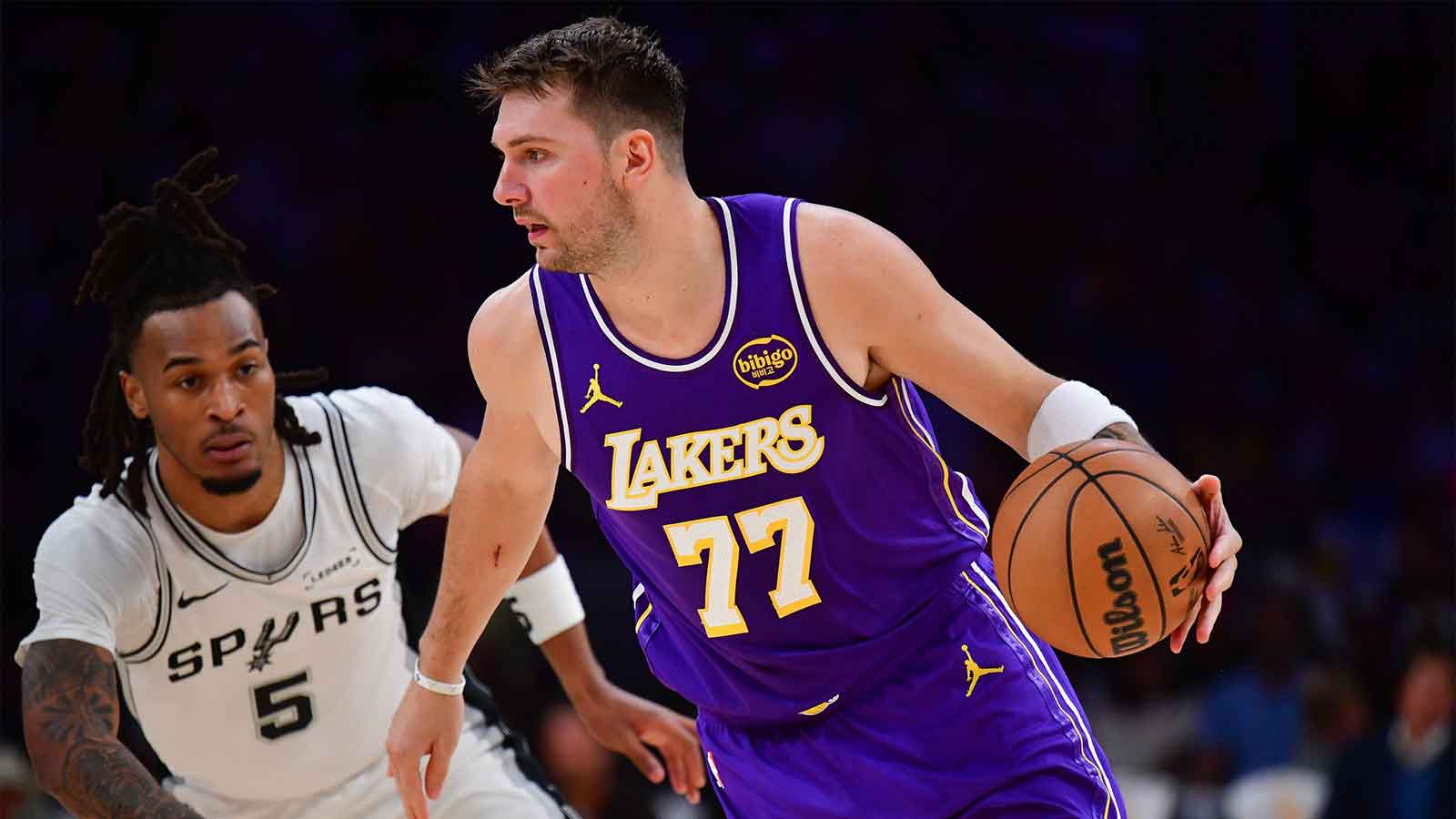Two years ago yesterday, the Los Angeles Lakers completed the trade that delivered Anthony Davis, and, soon after, an NBA championship.
The return was bountiful, but the Lakers paid a steep price for Davis: two recent No. 2 overall picks (Lonzo Ball, Brandon Ingram), another quality young player (Josh Hart), and three future first-rounders.
Ball and Ingram, in particular — like many other ex-Lakers of that era — leveled up with their next team. Both 23, Ball, is set to get upwards of $20 million annually in free agency, while Ingram earned an All-Star nod and was named Most Improved Player of the Year in 2019-20.
Plus, if the Lakers are unable to retain Talen Horton-Tucker and/or Alex Caruso, they'll be looking at a roster bereft of under-25 rotation pieces with a near-empty cabinet of picks.
That said, the AD blockbuster has to be considered a smashing success for the Lakers. Yes, his tendency for bumps and bruises, exemplified by his relative inability to handle the condensed calendar of 2020-21, is a concern. And, as triumphant as the bubble ‘chip was, his second campaign in Los Angeles was equally underwhelming.
On the other hand, Davis played 83 of 93 possible games (including playoffs) in 2019-20. A 17th banner is priceless and everlasting, and the Lakers now have a foundational star to build upon as Father Time belatedly approaches LeBron James.
So, two years in, where does GM Rob Pelinka's biggest move rank amongst the greatest trades in the storied history of the Los Angeles Lakers, and, specifically, their storied history of trading for stars?
Lakers fans (and only Lakers fans) fondly remember the stunning Pau Gasol coup before the 2007-08 trade deadline — the finest moment for ex-GM Mitch Kupchak. At the behest of small-market execs, coaches, and fans, the Memphis Grizzlies dealt the (disgruntled) star and a second-rounder to Los Angeles, in exchange for Kwame Brown, Javaris Crittenton, the contract of semi-retired Aaron McKie, the draft rights to Pau's younger brother, Marc Gasol (a hit), and two first-rounders.
Pau developed a deep bond with Kobe Bryant, and the Lakers reached three straight Finals, winning twice, in Gasol's first three springs in town.
In 1968, a 32-year old Wilt Chamberlain was ready to pull a Fresh Prince and head from Philadelphia to sunny California and spend his free time running the Muscle Beach volleyball scene. The Lakers were able to snag Wilt for a laughable package comprised of Jerry Chambers, Archie Clark, and Darrall Imhoff (apologies to those men).
How? Decades before AD (via Rich Paul) would publicly indicate his intention to play in L.A., Wilt went full Player Empowerment and leaked his desire to form a superteam with Jerry West and Elgin Baylor.
“I’d pretty much decided I’d like to play for the Lakers the next season,” he said in the Spring of '68, per The Ringer.
Wilt averaged 17.7 points and 19.2 rebounds in six seasons with the Lakers (1968-73) and led the team to four Finals. In 1972, he was named Finals MVP as the Lakers capped one of the greatest seasons of all time.
By 1974, Wilt, West, and Elgin had retired. Conveniently, though, another iconic center jonesed for a change of scenery.
At 27, Kareem Abdul-Jabbar already owned a ring (1971) and two MVPs and made the '74 Finals. That fall, the former UCLA star (neé Lew Alcindor for the Bruins) demanded a trade from the Milwaukee Buks to a coastal city, which crushed the Bucks' leverage. Eight months later — precisely 46 years ago, on June 16 — Kareem and Walt Wesley were shipped to L.A. for Junior Bridgeman, Dave Meyers, Elmore Smith, and Brian Winters.
Abdul-Jabbar won five titles and four MVPs across 14 seasons in Los Angeles.
Overall, the Lakers have an unparalleled, though not unblemished, track record of acquiring established star bigs in trades. In each case, the organization undeniably benefited from glamour and location.
In terms of wings, the Lakers have relied on a combination of savviness and good fortune.
At the 1996 NBA Draft, West, as general manager, traded seasoned center Vlade Divac for 17-year old Kobe Bryant, who was selected No. 13 overall by the Charlotte Hornets. Divac is in Springfield for the breadth of his international hoops career, but the Lakers accurately pinpointed Bryant's talent and drive. (Again, it greatly helped that Kobe's agent discouraged other teams from taking him, with the hope that West could swing a trade.)
Almost exactly 47 years ago, on June 14, 1974, the Los Angeles front office pulled off, frankly, the first of two historically lucky transactions. Veteran Lakers great Gail Goodrich wanted to sign with the Utah Jazz, which, per league rules, would cost Utah draft compensation. Consequently, the Jazz traded three future first-round picks (1977-79) and a 1980 second-rounder for a first (1978) and a second (1977).
Utah was the worst team in basketball in 1978-79, and the Lakers won a coinflip over the Chicago Bulls to earn the No. 1 pick in 1979, despite already turning around their franchise with Kareem. Here's how those picks ended up playing out:
- Jazz: Essie Hollis (1977), Jack Givens (1978)
- Lakers: Kenny Carr (1977), Freeman Williams (1978), Magic Johnson (1979), Sam Worthen (1980).
Magic, you may have heard, won Finals MVP as a rookie.
That same year, in 1980, the Lakers set themselves up to hit the jackpot, once again. GM Bill Sharman traded Don Ford and a first-round pick to the Cleveland Cavaliers for Butch Lee and an '82 first-rounder. Sure enough, the Cavs plummeted to the worst record in hoops in 1982, and the Lakers won another coinflip, earning the No. 1 overall pick.
Los Angeles took NCAA Final Four Most Outstanding Player James Worthy out of North Carolina, who became perhaps the best third-option in NBA playoff history.
In all those cases, the Lakers were able to acquire a Hall of Famer on an extreme bargain. The Davis trade was different — by far the most the franchise has offered up for a star. Still, the Lakers swung for the fences, and they hit a Grand Slam in the first inning with plenty of game left to play.
This summer, Pelinka will scour the trade market with the ideal vision of adding a third-banana/borderline star to buoy Davis and LeBron. However, in the aftermath of the AD acquisition, the Lakers are limited in their flexibility — both in terms of assets and finances.
Sign-and-trade Dennis Schroder or Montrezl Harrell? Offer Kyle Kuzma/and Kentavious Caldwell-Pope, along with the upcoming No. 22 pick and 2027 first (the only future pick they're allowed to trade)? This is what the Lakers have to work with. In other words: don't expect a James Worthy-type (i.e. Damian Lillard, Bradley Beal) to walk through that door.
But, as we've learned from the past, the Lakers have repeatedly found ways to land that next big name.
As Alex Caruso acknowledged at exit interviews, there is simply a unique appeal of hooping for an L.A.-based company.
“I’m a realistic human being. I understand different things happen in L.A. for certain reasons,” he said. “I’m forever grateful for that, and we’ll see where everything lies…Those are definitely things that L.A. takes into consideration maybe more so than other places.”
To the franchise's credit, the Lakers have cultivated their baseline appeal with a prioritization on winning and willingness to spend the money. It truly is championship or bust, and the players feel it.
Ultimately, the success of the Davis trade and its overall place in Lakers' history will hinge on how the team maximizes the roster for the rest of his prime. As Rich Paul recently told Isaac Chotiner of The New Yorker, he orchestrated the trade explicitly so his client would be on a team willing to cash the checks to win Larry O'Briens. Jeanie Buss vowed to open the checkbook, and Pelinka said he's been commanded to “smartly” build a contender.
“Jeanie and the ownership group has empowered the front office to do one thing, and that’s to smartly build a roster to win championships,” Pelinka said. “That’s been the hallmark of this team since Dr. Buss acquired it and continues to be today. Clearly, all 30 NBA teams are confined by a salary cap so we’ve gotta be really smart with how we put all the different puzzle pieces together. But there is only one goal.”


